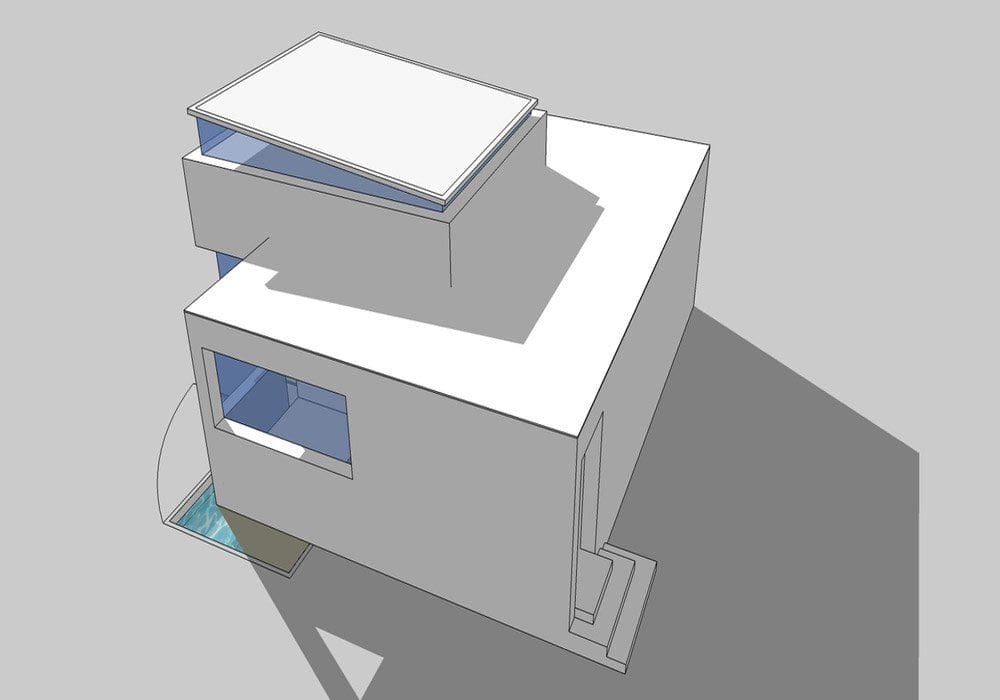Prefabricated Prefinished Volumetric Construction (PPVC) – a Good or Bad Thing?
PPVC is a hot topic at the moment and depending on who you speak to it is destined to either save the Singapore property industry or destroy it. So what is it, and why is it causing such debate?
What actually is PPVC?
Prefabricated prefinished volumetric construction is a construction method whereby free standing units such as an entire bathroom, are manufactured and assembled in an off-site fabrication facility before being transported whole to the building site where it is then installed. Where it differs to previous prefab systems is that in this case the finishes for the walls, ceilings and floors is all done in the off-site facility.
Why is it such a hot topic?
In late 2014, the government brought in measures stipulating that developments on land bought through GLS (Government Land Sales) need to meet specified levels of prefabrication, and that Singapore condos on such sites need to use PPVC for all of their bathrooms. Projects on sites that don’t come under that legislation are none the less heavily incentivised to use such construction methods and techniques in the shape money, logistical support and training.
What are the benefits of PPVC?
The benefits – and the reasons the government is backing the move to PPVC so heavily – are numerous and fairly clear cut. The main one is that it increases productivity significantly – up to 50% in most cases. As a consequence the construction process is speeded up dramatically, and requires less manpower, resulting in very tangible cost and time savings. That isn’t all however. By carrying out a lot of the work off site, and not just offsite but in a controlled, factory environment there are substantial improvements in safety, as well as a vast reduction in noise pollution and dust at the building site.
One of the main reasons that bathrooms have been singled out is due to the fact that despite their relatively small size, they are one of the most labour intensive areas of a property due to the plumbing and electrical requirements inherent in their design. Using prefabrication techniques can give developers productivity improvements of 80% in that specific area. Those benefits are offset slightly by subsequent increases in logistical and transportation costs and issues. This brings us to the perceived and actual disadvantages of this ground-breaking construction method.
What are the downsides of PPVC?
As well as the increased difficulties and costs of transporting the whole finished units, the main argument against rolling out PPVC to more and more developments revolves around aesthetics. It is feared that if more and more developers use this method, then all individuality, uniqueness and personality will disappear from new projects, leaving a host of cookie cutter buildings both inside and out.
Like all new technologies and methods, there is no doubt that they will be modified and improved in years to come, and that the above concerns will be addressed. After all, it is the end customer who will ultimately decide on whether a development is a success or not. The government is fully backing PPVC to consolidate the nation as one of the most innovative and competitive on the planet when it comes to the construction industry, so whatever your thoughts on it, PPVC is not going to go away.
New Launch Condos in Singapore

